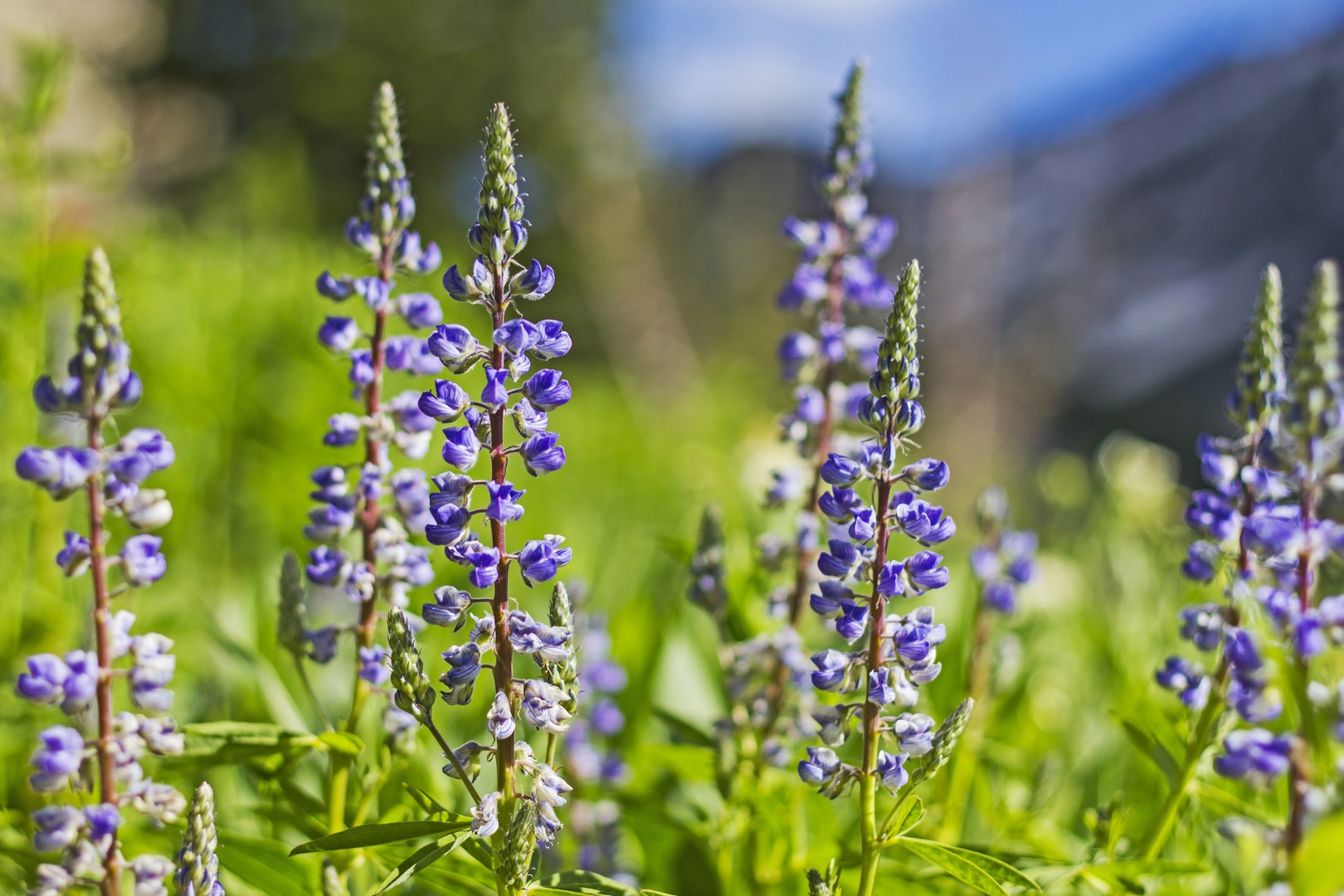You are here
Being in the wild gives many of us a heightened sense of curiosity, excitement and passion that can often end up causing unintended harm to the natural environment. One of the best ways we can keep things pristine is by leaving them alone and practicing Leave No Trace ethics. We hug our loved ones to show them we care, but we show the outdoors our love by enjoying it with minimal impact.
Animal encounters can seem like a magical time to interact with mother nature outside of a petting zoo. Keep in mind that baby birds are often abandoned if they have been handled by humans, butterfly wings can be crushed with the slightest pressure, and attempting to pet a young moose can get you quickly killed by its mother. In May of 2016 a father and son were in Yellowstone National Park and came across a bison calf along the road. They feared the relatively mild temperatures were too cold for the calf and quickly loaded the young animal into their car and took it to the nearest ranger station. The bison was later euthanized due to rejection by its mother and continued attempts by the confused youngling to approach other cars and people on the road. It was a stupid and arrogant move on their part, and it is yet another recent example of times we have overstepped our bounds when it comes to wildlife interaction.
Wildflowers have always been a popular subject for nature photographers, and we need to be careful about going off trail to get the best angle. Along with the rise of Instagram we have seen a spike in the number of photos that show people holding bouquets of freshly picked mountain foliage. This is a bad idea for so many reasons beyond the fact that the flowers won't be there for the next person. We are in a honey bee crisis with numbers dropping dramatically, and decreasing pollen opportunities will do nothing but harm. If we really love the outdoors, we need to treat our environment with a level of respect that goes beyond aesthetics.
Cryptogamic soil, also known as biological soil crust, is the thin and brittle black covering on top of sand in desert environments. This crucial base element for larger plants is incredibly fragile and is destroyed when walked on or run over by a mountain bike tires. When having fun in the deserts around our country such as in the Southwest, it is absolutely vital that we stay on trail. The "crypto" is the early stage of soil, a true commodity in this landscape where it is particularly hard for life to take root. If you are walking on open land in any desert, avoid the patches of sand that have a "crunchy" feeling underfoot and that has black and dark brown crusts.
Common poisonous plants are another reason to keep your hands to yourself while in the wild. Everyone has heard of poison ivy, but how many of us can identify the toxicodendrons? The phrase "leaves of three let them be" is the easiest thing to remember. In the spring, the reddish hue gives way to green in the summer and yellow and orange in autumn. The pointy tipped leaf can be notched or smooth and occasionally has greenish-white berries on them. The most common species of poison oak also has three tear-drop shaped leaves that are bright green in spring, yellower and pinker/redder in summer, and completely yellow in fall. The leaf is rounded rather than pointed, and the face of the leaf is scalloped, lobed or rippled in its texture.
Ancient rock art has lasted between several hundred to several thousand years, which is an amazing feat. We are curious and tactile beings, but we have to avoid the urge to touch the pigments in these pictographs. The oils and dirt from our hands will damage the dry paint and any abrasion will decrease its luster. Graffiti and damage from recent generations is a common and heartbreaking occurrence on many of the native carvings and drawings; let's all decide together that there won't be any more.





Comments
Sign In and share them.